Table of Contents Hide ContentsCan You Sear Steak Straight From the Fridge? What You Should Know
For decades, home cooks have been taught a golden rule: always bring your steak to room temperature before cooking. This piece of advice has been passed down for generations, considered a non-negotiable step for a perfectly cooked steak. But in the world of modern cooking, this traditional wisdom is being challenged. So, can you sear steak straight from the fridge? The short answer is yes, you can, and in some cases, it might even be the better option. The long answer involves understanding a bit of food science, a few key risks, and the benefits of a modern technique that can completely change your steak game.
The Classic Advice: Why You’re Told to Bring Steak to Room Temperature
The traditional advice to let a steak rest on the counter for 30-60 minutes before cooking is rooted in a simple, logical theory. The idea is that a cold interior will create a “gray band”—an undesirable ring of overcooked, rubbery meat just below the crust. By bringing the steak to room temperature, you supposedly allow the heat from the pan to penetrate more evenly from the outside in, resulting in a perfectly even, edge-to-edge cook.
Proponents of this method believe it’s the only way to avoid a tough interior. They argue that searing a cold steak creates a greater temperature gradient, forcing you to choose between a properly seared exterior and a raw center, or a well-done crust with a cold center.
The Case Against Searing a Cold Steak
While the “gray band” is often cited as the main reason to avoid searing a cold steak, the truth is a bit more nuanced.
The Overcooking Risk
When you cook a steak, the heat first has to overcome the cold temperature of the meat before it can start cooking it to a desired doneness. With a cold steak, the outside will cook and sear much faster than the inside warms up. This forces you to either:
- Over-sear the outside to get the interior up to temperature, resulting in a charred, bitter crust.
- Remove the steak too early, leaving you with a great crust but a still-cold, raw center.
This is the primary argument against searing a steak straight from the refrigerator. The goal is to get a perfect crust and a perfectly cooked center, and a cold steak makes that incredibly difficult. The temperature of the meat has a significant impact on heat transfer. The greater the temperature difference between the pan and the interior of the steak, the more likely you are to end up with a poor result.
The Counter-Argument: Why Searing a Cold Steak Might Be Better
In recent years, a new school of thought has emerged, particularly among professional chefs and food scientists. They argue that for thick cuts of steak, searing a cold steak is not only acceptable but can actually lead to a superior result. This modern approach is best executed through a technique known as the reverse sear.
The Reverse Sear Method
The reverse sear is a game-changer for anyone who has struggled with the “gray band.” It’s a two-step process:
- Low-and-Slow: First, you cook your steak in a low-temperature oven (250°F / 120°C) until its internal temperature is about 10-15 degrees below your final desired doneness.
- High-Heat Searing: You then transfer the steak to a screaming-hot pan to sear it for 60-90 seconds per side.
This method completely flips the traditional advice on its head, and it’s arguably the best way to get a perfect, edge-to-edge cook without a gray band. This is a crucial point when debating the merits of searing a steak straight from the refrigerator.
The Science Behind Searing a Cold Steak (The Reverse Sear Way)
By starting with a cold steak and cooking it slowly, you allow the heat to penetrate the meat evenly, from the outside to the center. This gentle cooking process ensures that the steak is cooked uniformly, without any of the temperature “shock” that a hot pan would cause. The high-heat sear at the end is then purely for creating a crust. This is the ultimate solution for cold steak searing. You can learn more about this life-changing technique in our post on Reverse Searing: How to Cook the Perfect Steak Every Time.
The Verdict: The Final Say on the Great Debate
So, what should you do? The answer depends on two key factors: the thickness of your steak and your cooking method.
| Steak Thickness | Traditional Searing | Reverse Searing (Best for Cold Steak) |
| Thin Cuts (< 1 inch) | Bring to room temperature. | Not recommended. |
| Thick Cuts (> 1.5 inches) | Use the reverse sear method. | The best way to cook a cold steak. |
For thin steaks, sticking with the traditional method of bringing it to room temperature is perfectly fine. The steak cooks so quickly that the interior has enough time to catch up with the exterior. The issue of why rest steak before cooking is less critical here.
However, for a thick steak, the traditional method makes it nearly impossible to avoid a gray band. This is where the modern approach shines. By using a reverse sear, you can get a beautiful crust and a perfectly cooked interior, even if you sear steak straight from the fridge.
Practical Tips for Your Next Steak
If You’re Going to Rest Your Steak:
- Time It Right: A steak doesn’t need to be at “room temperature.” In fact, it’s not going to get there in an hour anyway. Resting a steak for a short period simply removes the chill and allows the surface to dry out.
- Pat It Dry: No matter what method you use, a bone-dry surface is the single most important factor for getting a great crust. Water on the surface turns to steam, which prevents the Maillard reaction. This is the number one reason why steak won’t sear. Learn more in our article, Why Won’t My Steak Develop a Crust?.
If You’re Going to Sear a Cold Steak (The Reverse Sear Way):
- Use a Thermometer: A good meat thermometer is non-negotiable for this method. It is the only way to ensure you don’t overcook the steak in the oven. For some great options, check out our Best Gear Picks.
- Don’t Overcook the Oven: Keep your oven temperature low and consistent (250°F) to ensure a gentle, even cook.
FAQ: Your Brining Questions Answered
Q: Does bringing steak to room temperature prevent the gray band? A: Not on its own. While it can help reduce it, the only surefire way to prevent a gray band on a thick steak is by using a reverse sear. A cold interior and a hot pan will always result in a greater temperature gradient and a higher risk of that overcooked band.
Q: How long should I let a steak rest on the counter? A: A steak will not reach room temperature in an hour. Even after an hour on the counter, a steak’s internal temperature will only rise by a few degrees. The real benefit of this step is allowing the surface to dry out and the steak to lose its chill.
Q: Can you get a good crust on a cold steak? A: Absolutely. A cold steak can be a great canvas for a crust. The cold interior gives you more time to sear the outside without overcooking the center. This is the fundamental principle of reverse searing.
Q: What is the risk of cooking a cold steak? A: The main risk is an uneven cook and a “gray band” of overcooked meat. However, this risk can be mitigated and even eliminated by using the reverse sear method, which is the best way to handle searing a cold steak.
Q: How do you cook steak straight from the refrigerator? A: The best method is the reverse sear. Place the cold steak in a low-temperature oven (250°F) until it reaches your desired doneness, then sear it in a hot pan for a perfect crust.
Q: Should you bring steak to room temperature before cooking?
A: While many people recommend it, bringing steak to room temperature isn’t essential. What matters more is patting it dry and using high heat to get a proper sear.
Q: How do you cook a cold steak?
A: You can cook a steak straight from the fridge. Just make sure to dry the surface, season it well, and sear it in a properly preheated pan to avoid steaming.
Q: Is searing a steak straight from the refrigerator okay?
A: Yes, searing a steak straight from the refrigerator is completely fine. As long as the pan is hot and the surface is dry, you can still get a great crust.
Q: Cold steak vs room temperature steak — what’s better?
A: There’s little difference in outcome. Room temperature steak may cook slightly more evenly, but cold steak can still sear perfectly and stay juicy if cooked correctly.
Q: How long should you rest steak before cooking?
A: If you prefer resting, 20–30 minutes at room temperature is enough. But it’s not mandatory—you can cook straight from the fridge with proper technique.
Q: Is it bad to cook a steak cold?
A: Not at all. It’s not bad to cook a steak cold as long as you use high heat and avoid overcrowding the pan. Cooking from the fridge can even help prevent overcooking the center.
Q: Does searing steak cold create a grey band?
A: It can if your pan isn’t hot enough or if moisture is on the surface. Dry the steak well and preheat the pan properly to avoid a grey band.
Q: Can you get a good sear on a cold steak?
A: Yes! A cold steak can develop a beautiful crust if the pan is hot, the steak is dry, and you don’t flip it too early.
Q: What should you know about steak cold from the fridge?
A: Cooking steak cold from the fridge works great when you:
-
Pat it dry
-
Use a hot skillet or grill
-
Don’t overcrowd the pan
-
Let it rest after cooking
Q: What are the best searing steak tips for cold meat?
A:
-
Remove surface moisture with paper towels
-
Season right before cooking
-
Use high-smoke-point oil
-
Preheat cast iron or stainless steel properly
-
Leave the steak undisturbed while searing
Conclusion
The debate over searing a steak straight from the refrigerator is a perfect example of how cooking wisdom evolves. While the classic advice of bringing a steak to room temperature holds merit for thin cuts, for thick steaks, it is often a recipe for a tough, gray interior. By embracing a modern steak searing technique like the reverse sear, you can get the best of both worlds: a perfect, edge-to-edge cook and a deep, savory crust, all while leaving the fear of overcooking behind. So, the next time you’re ready to cook a thick steak, go ahead and sear steak from fridge—just be sure to have your oven and a good thermometer ready.

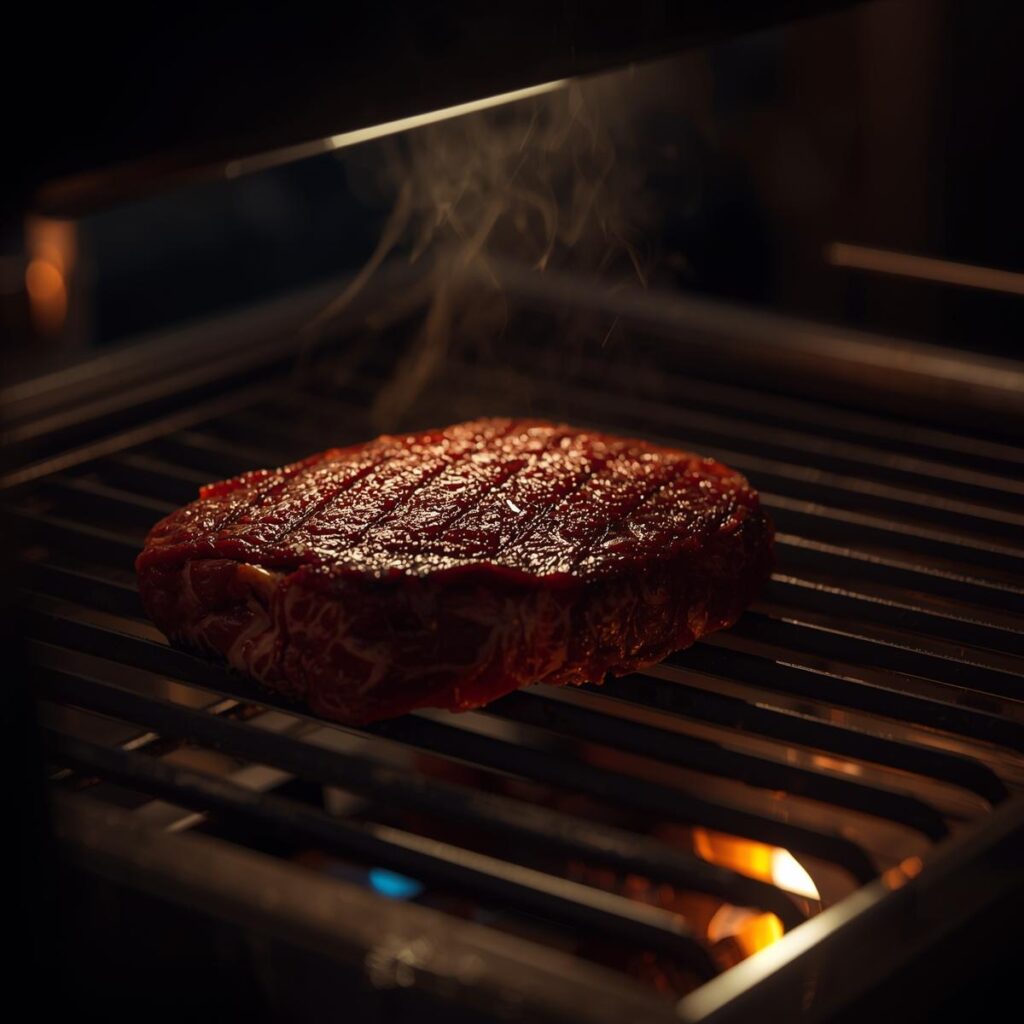

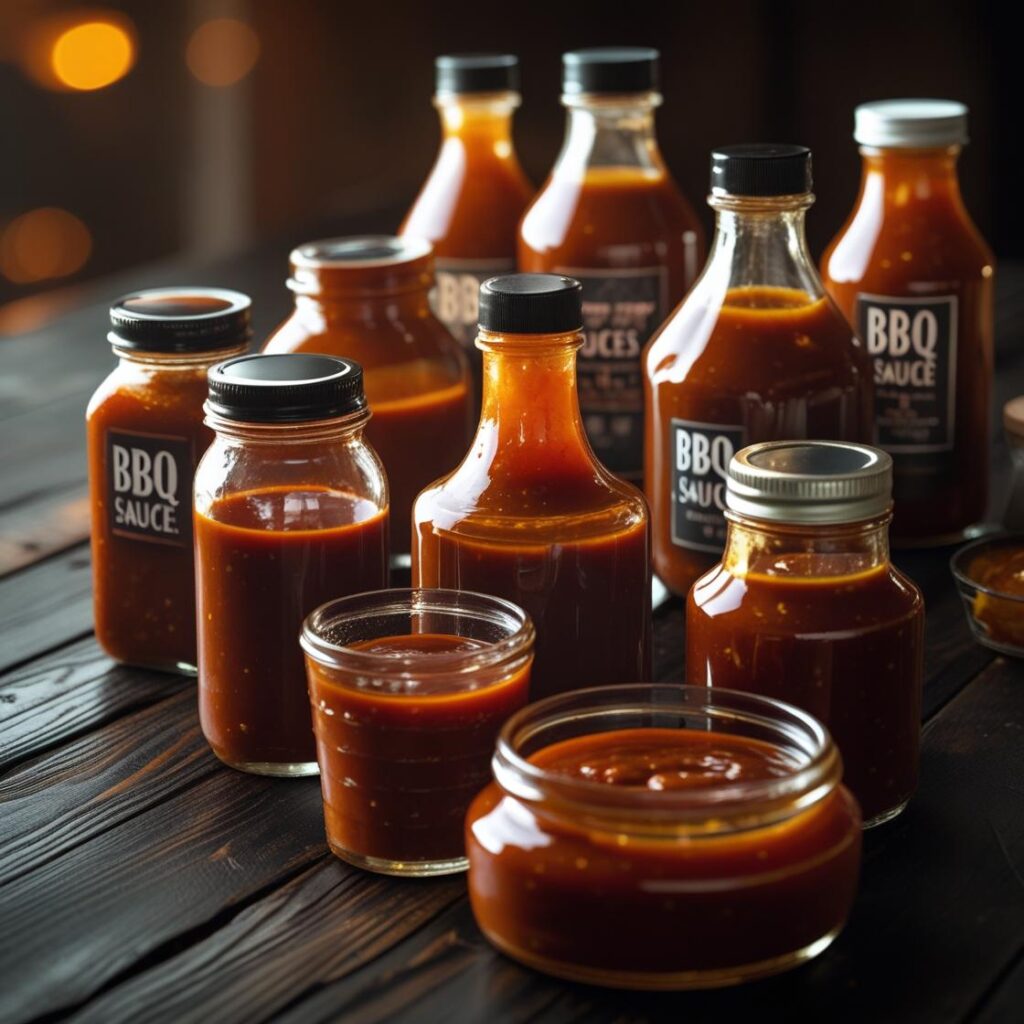
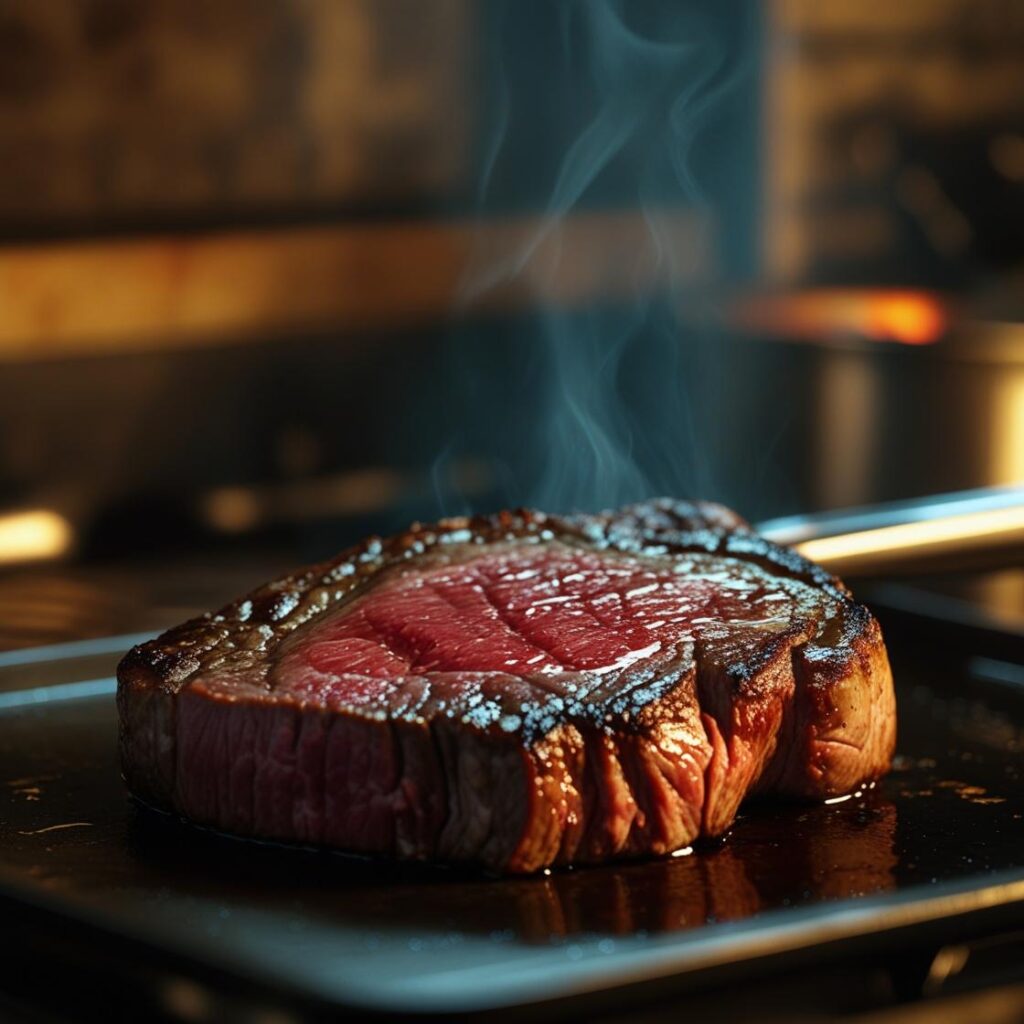
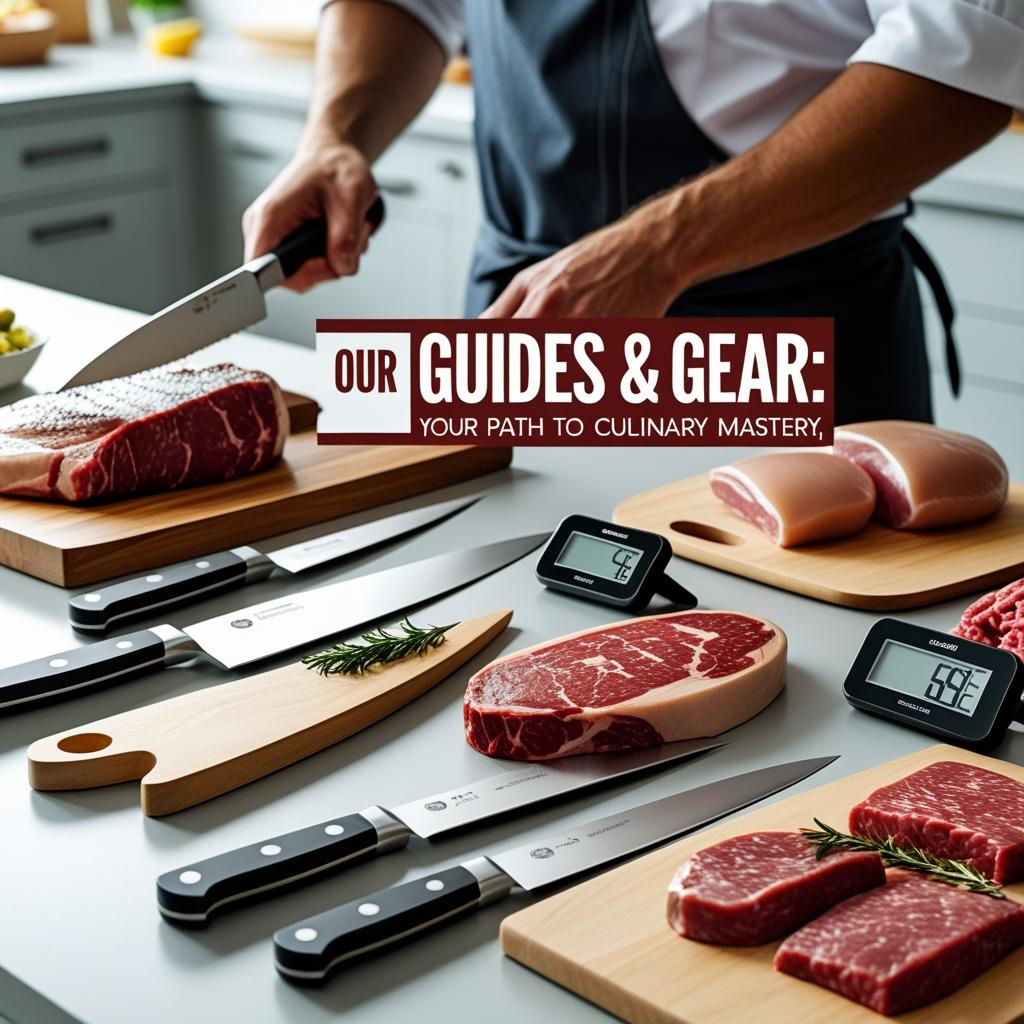
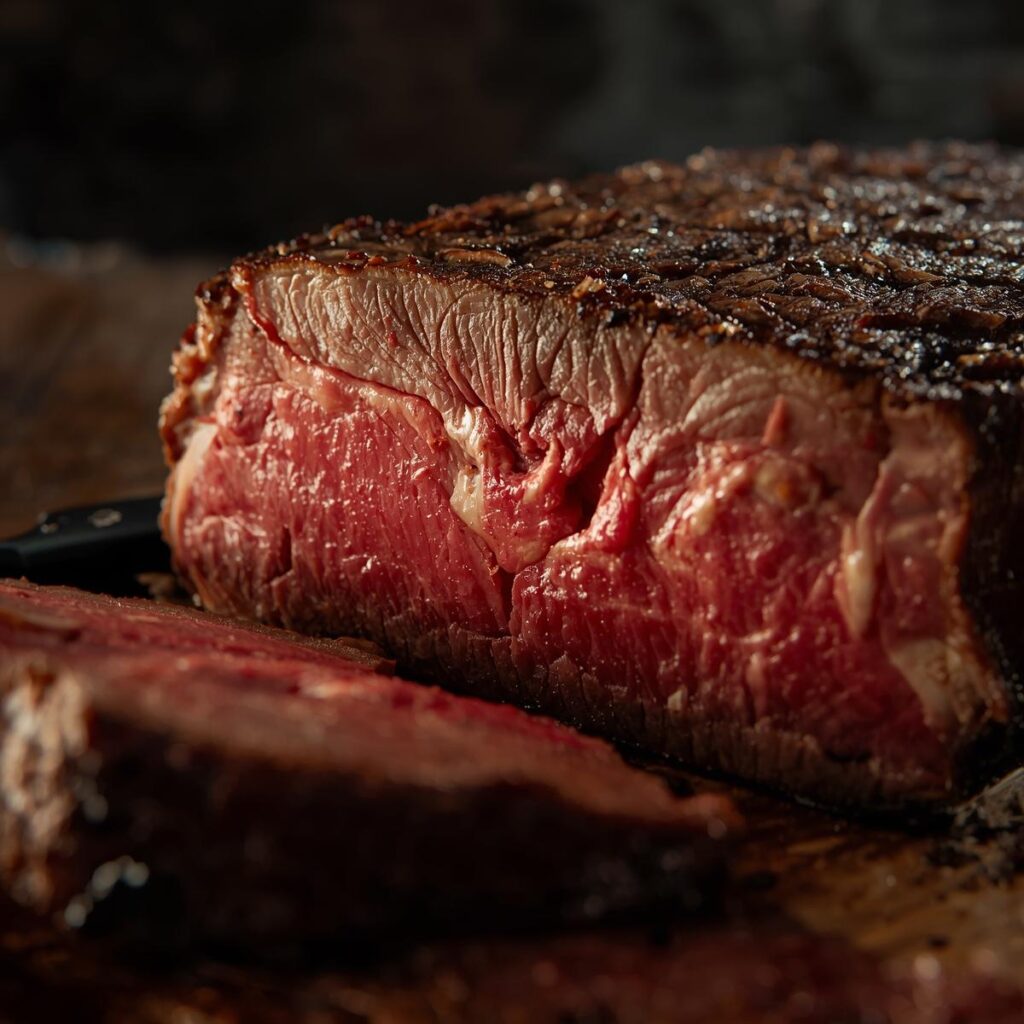
Pingback: From Freezer to Grill: How to Safely Thaw and Cook Frozen Steak